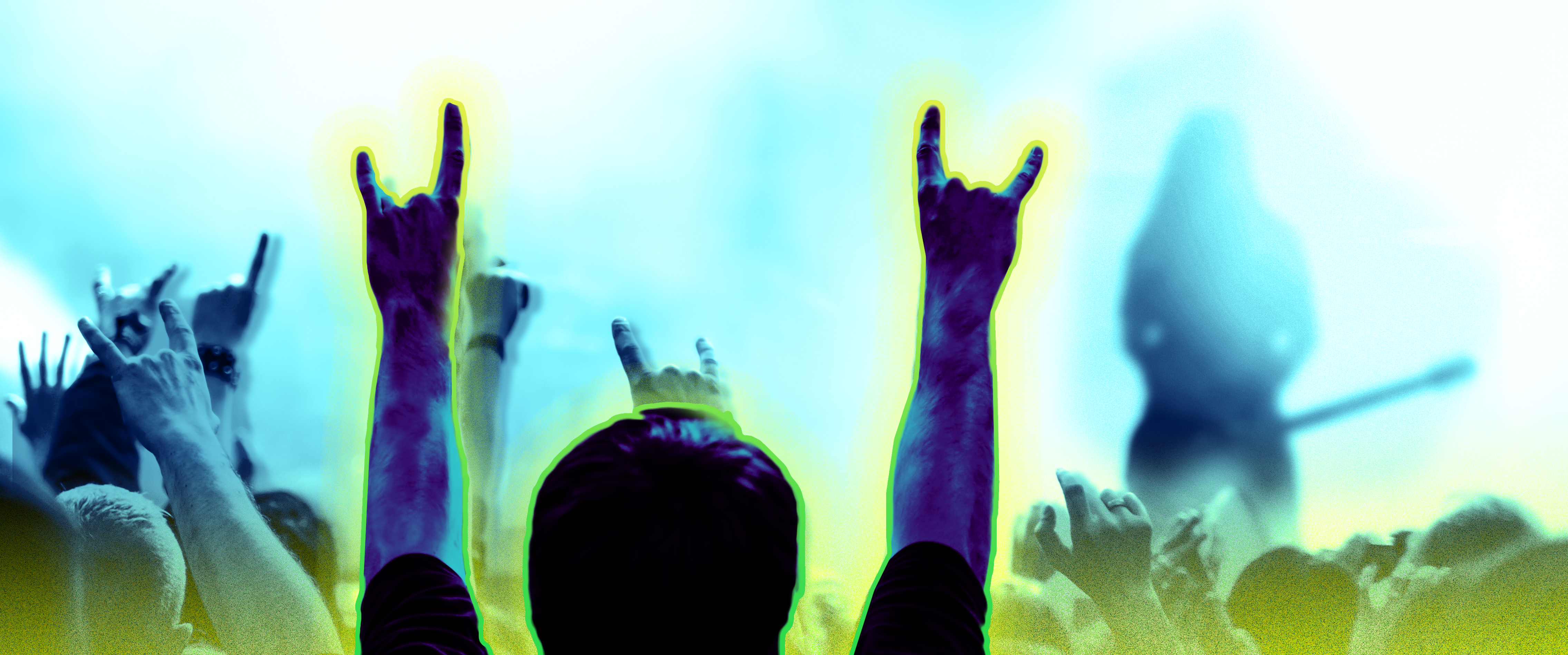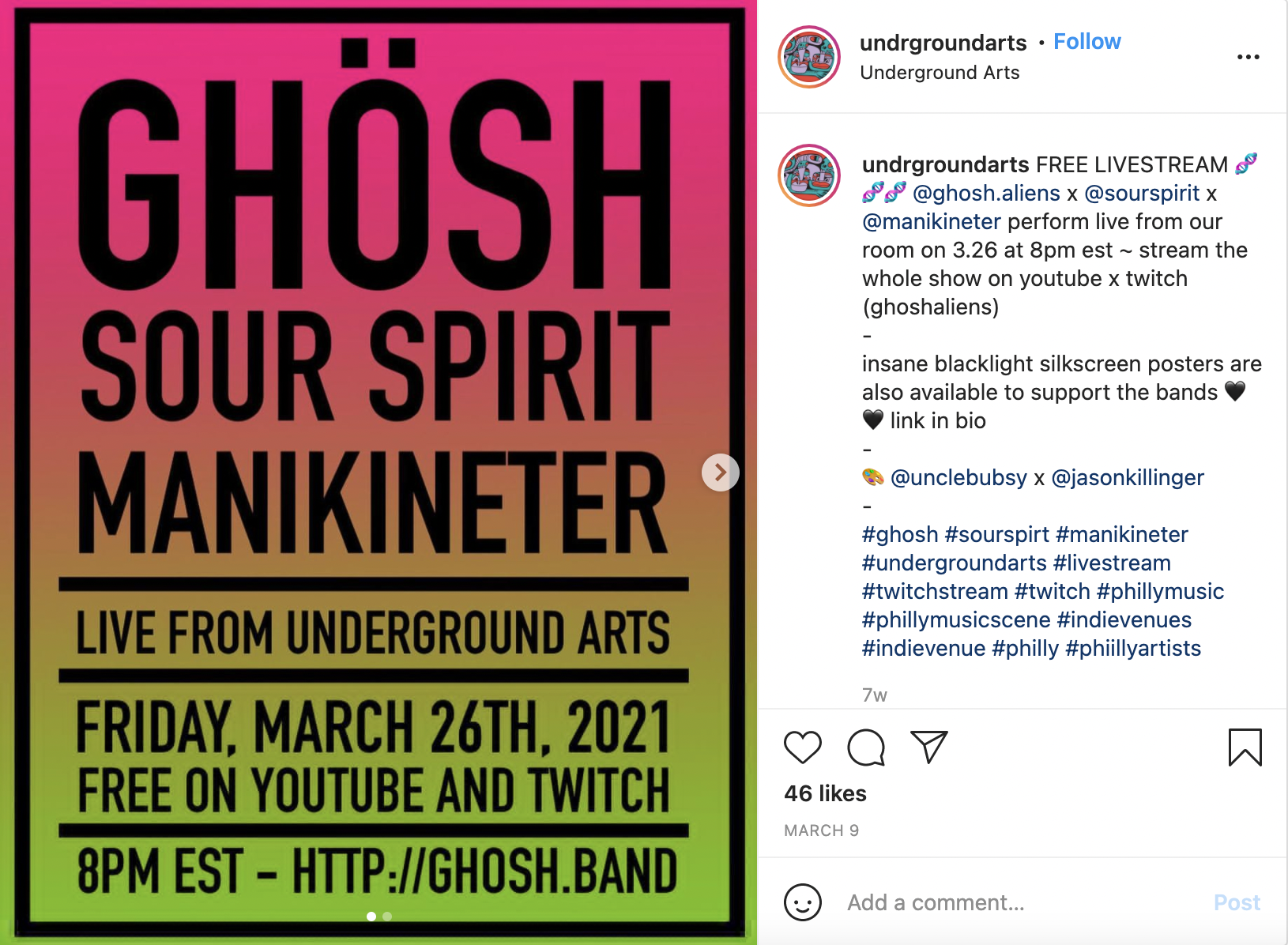Remember the days of sitting at a table with friends listening to a cover band during happy hour? Or that feeling of attending a concert, belting out every word in a sea of thousands of people gathered to celebrate a common connection? And who can forget the small independent venue where you saw your favorite band start its rise to mainstream fame?
COVID-19 has impacted so many industries across the world, but the live music and events industry has probably been hit the hardest.
According to Forbes, global entertainment company (and owner of TicketMaster) LiveNation reported that 2020 revenue dropped 84% from $9.4 billion in 2019 to $1.4 billion in 2020. Ticket sales decreased by an unprecedented 98% in 2020 due to the restrictions around large gatherings.
But there seems to be a light at the end of the tunnel. LiveNation’s stock has begun its slow climb to normalcy. This is an indication that the market senses the hunger for live experiences, especially with the increased availability of the COVID-19 vaccine.
In a statement by LiveNation’s President and CEO Michael Rapino to Forbes, “The supply-demand fundamentals of the concerts business remain strong, with artists ready to get back on the road and fans eager to reconnect at events. All our data continues to show that there is substantial pent-up demand for concerts on the consumer demand side.”
There is a clear appetite for live events and a sense of community once government restrictions are lifted on social gatherings. We’re starting to see that in professional sports as fans begin to return to the arena.
How will artists and venues market in-person concerts in the meantime?
Billboard’s new chart calculations
In 2020, Facebook added a Music tab under the Watch feature to allow artists to upload music videos to the channel. In response to this addition, Billboard announced in March 2021 that it is now including licensed Facebook music streams into its chart calculations. This new approach gives a larger opportunity to artists to climb the charts and expand their reach to new audiences. Think of how many artists you see performing their viral hits that came from TikTok.
In the short term, Billboard’s inclusion of Facebook video views into its chart numbers allows for more visibility and audience engagement. As more people consume videos on social media, artists develop a larger following to provide a cross-platform experience in the form of virtual concerts, meet and greets, and a direct link to their fans. Establishing that connection and sense of community virtually is the hook to eventually promote live, in-person concerts when that time comes.
Social media’s impact in creating a buzz
Much like the general population, musical artists have had plenty of time at home, which means plenty of time for new music. In normal times, new album releases are usually accompanied by a concert tour. In March, John Mayer joined TikTok to provide his typical mix of whimsical humor and musical genius. He uses the platform as a way of connecting with his fans and gives them an inside look into his music.
But recently, Mayer has been slowly teasing out his new album in fun, bite-sized chunks. This tactful tease has fans chomping at the bit for the new album release on all of his videos now.
How small venues have been marketing
During the pandemic, independent and smaller venues have had to get creative in order to stay in business and remain present with their consumer bases.
For example, Philadelphia’s own Underground Arts enhanced the virtual concert experience by streaming a live show from its own stage. This approach brings people back to the venue and serves as a reminder of being there in person, which is much more personal than watching someone perform in their own home.
Another Philadelphia venue, Johnny Brenda’s, was featured in a Pitchfork piece explaining how they have been surviving the pandemic without live music. They have shifted their focus to dining and drinks (I highly recommend the JB Burger) in order to maintain business in preparation for hosting live concerts again.
Social media marketing will play a major role in getting people excited and returning to concert venues this year. We’ve seen the big corporations make significant changes to further promote artists and accessibility to them. As we begin to come out on the other side, the work being put in now to bring back patrons and create the excitement to return is what will help these venues thrive.
Promotion of upcoming shows has already begun for later in 2021, but marketing efforts cannot only consist of dates and times. Consumers need to feel the personal connection to the venue again. Here are things that marketers can do to create the excitement to return:
- Create personalized messaging from the artists about how excited they are to come play at the venue or the city.
- Post throwback videos from the last time the artist played there.
- Highlight any new upgrades to the venue.
- Feature the staples of your venue. Best seats, popular food options, etc.
What show or venue are you most looking forward to seeing when live events return?




